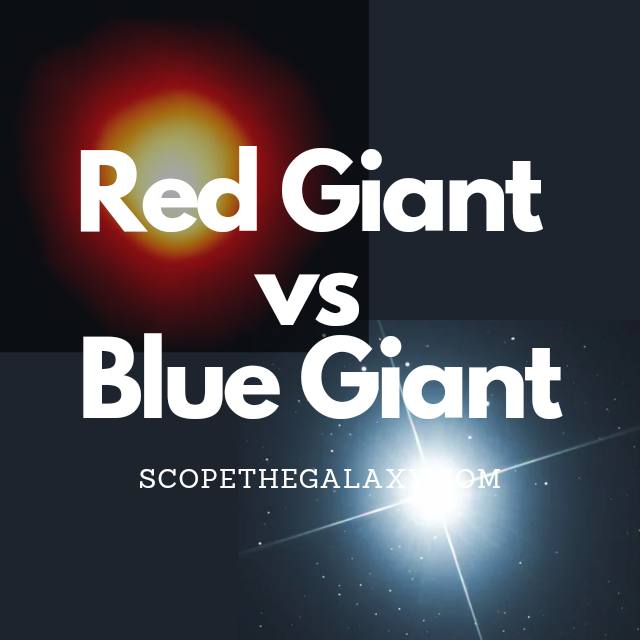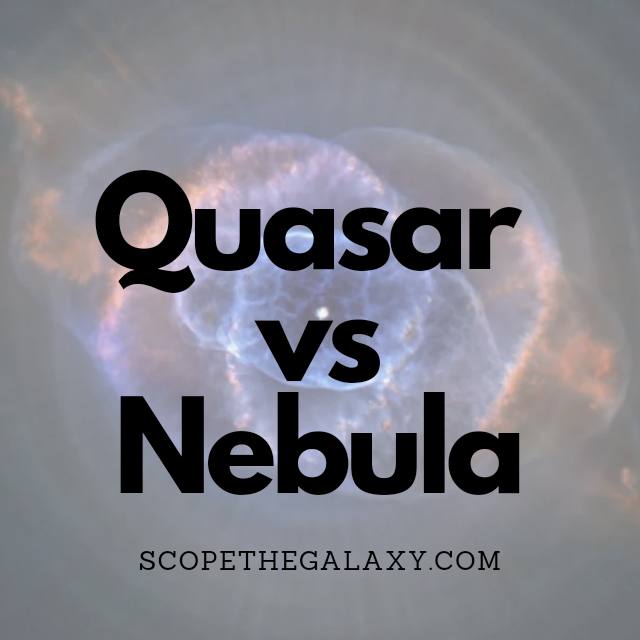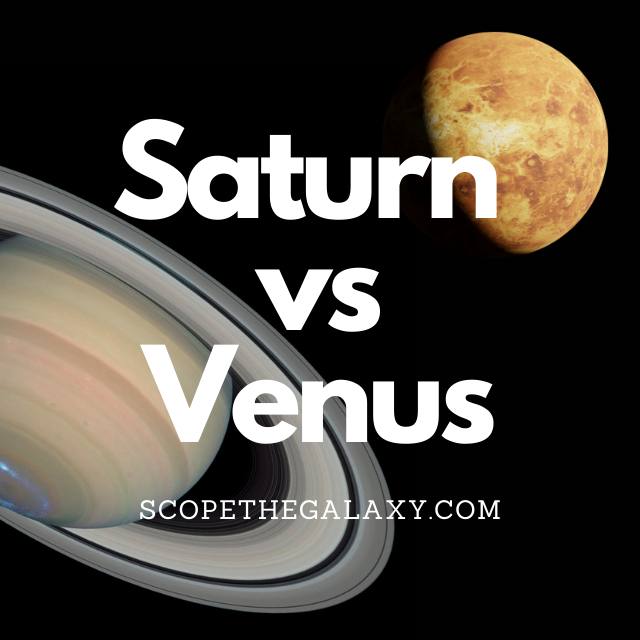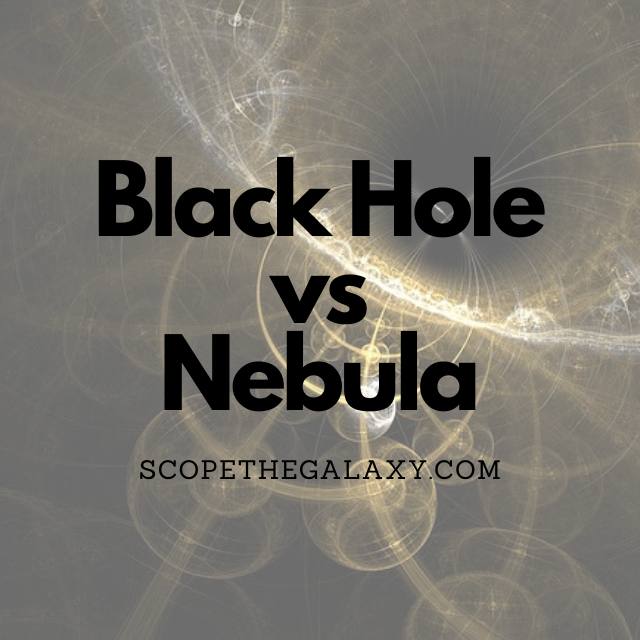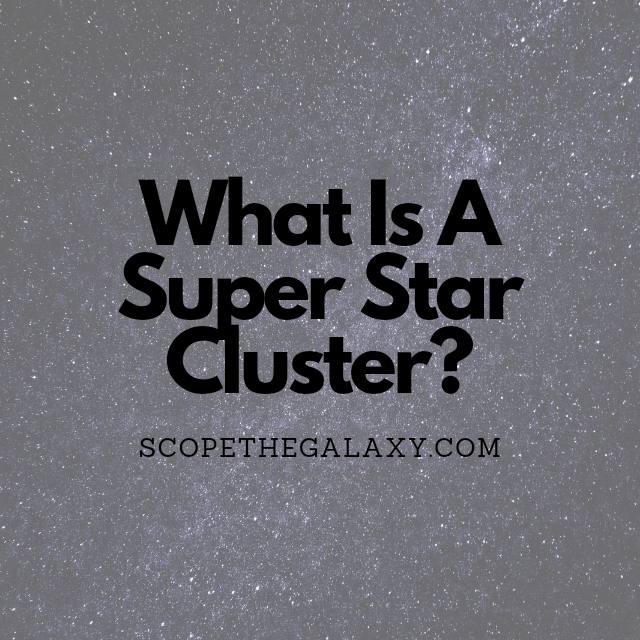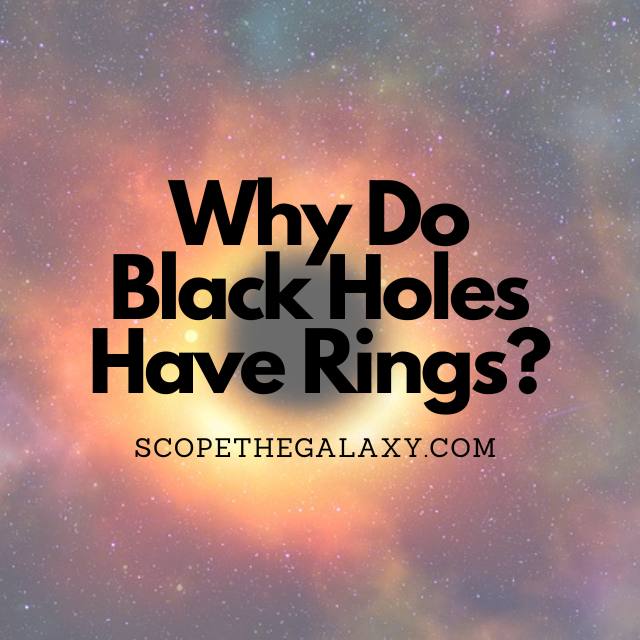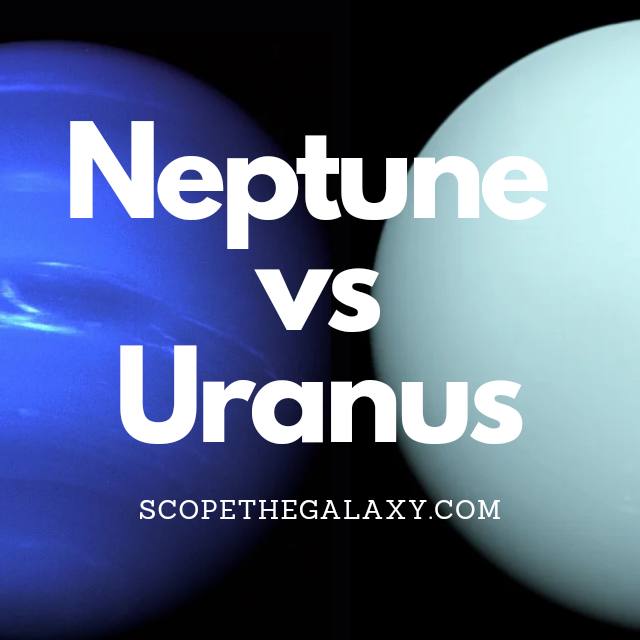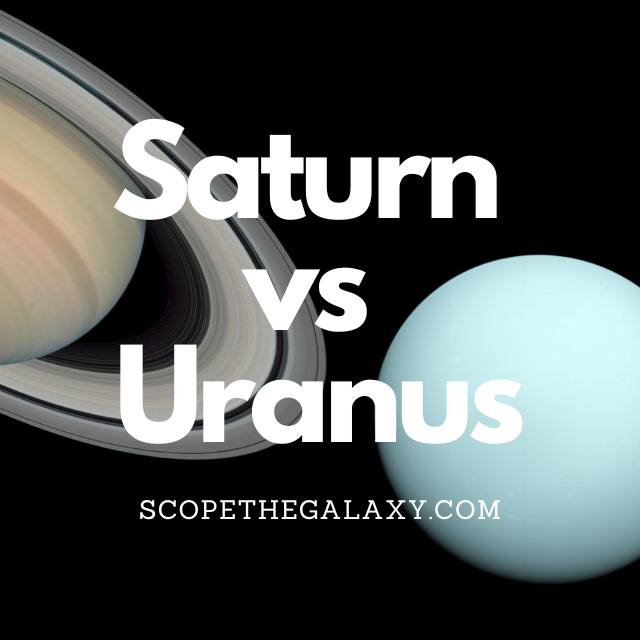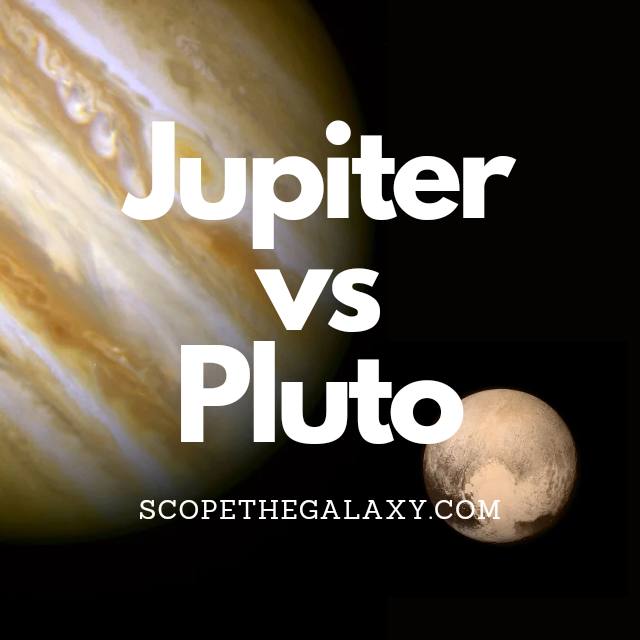Red Giant vs Blue Giant (How Are They Different?)
The main difference between red giants and blue giants are that blue giants are far hotter, more luminous and fall under the bracket of a main sequence star whereas red giants are the phase that blue giants among other main sequence stars enter when they are unable to commit to nuclear fusion within the core, … Read more

